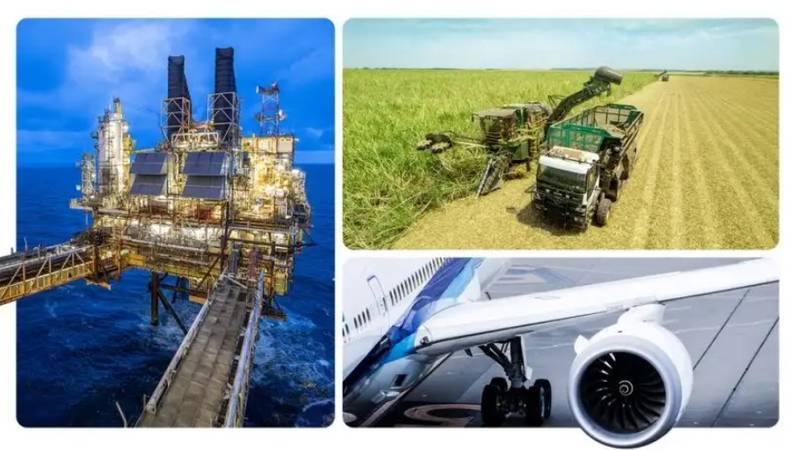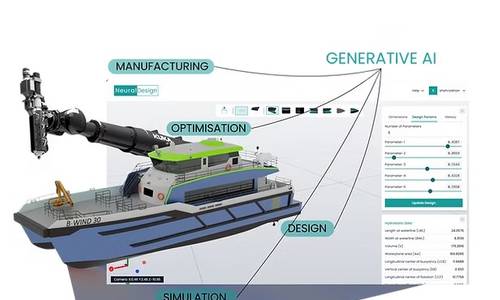BP Pushes Back Peak Oil Demand Forecast by Five Years
September 25, 2025

BP said on Thursday it expects global oil demand to grow until 2030, five years later than its forecast a year ago, stressing slowed efforts to increase energy efficiency.
The oil major's latest Energy Outlook, an annual study of energy trends through 2050, models two scenarios.
The "Current Trajectory" scenario is based on existing policies and pledges, while in its "Below 2-Degrees" scenario it envisions about a 90% drop in carbon emissions by 2050 from 2023 levels.
Emissions are largely the result of burning oil, natural gas and coal.
The following are highlights from the report:
Oil Demand, Oil Production
Global oil demand is expected to hit 103.4 million barrels per day (bpd) by 2030 in BP's Current Trajectory, before falling to 83 million bpd by 2050.
BP's report last year saw demand peaking by 2025 at around 102 million bpd, but slowing efficiency gains have changed the picture.
In its Below 2-Degrees scenario, oil demand peaks this year at 102.2 million bpd before falling to 33.8 million bpd by 2050.
Carbon Emissions
In the Current Trajectory, CO2 equivalent emissions stay broadly flat to 2030, then fall by about 25% by 2050 from 2023 levels.
In the Below 2-Degrees scenario, emissions drop 90%, driven by faster decarbonisation in emerging economies.
Natural Gas and LNG Demand
In the Current Trajectory, natural gas demand grows to around 4,800 billion cubic metres (bcm) by 2040, up by around 17% from current levels, boosted by China, India and other Asian and Middle Eastern countries, then plateaus at that level.
The European Union's imports of Russian pipeline gas fall by around 50% to 15 billion cubic metres (bcm) and stay at that level for decades to come.
Exports of liquefied natural gas, which BP uses as a gauge for demand for the fuel, will increase to around 900 bcm by 2035 in the Current Trajectory, with more than 50% of those supplies coming from the U.S. and the Middle East.
BP rival Shell has pegged LNG demand by 2040 at between 630 million and 718 million metric tons a year, or around 860-980 bcm.
Electricity, AI and Renewables
Global electricity demand in the Current Trajectory scenario rises to over 40,000 terrawatt hours over the coming decade, up around 40% from 2023 levels, boosted by China and India.
By 2050 it roughly doubles, driven mainly by huge leaps in the electrification of transport. Over half of power generation will come from wind and solar by then.
(Reuters - Reporting by Stephanie Kelly and Shadia Nasralla in London; editing by Jason Neely)






